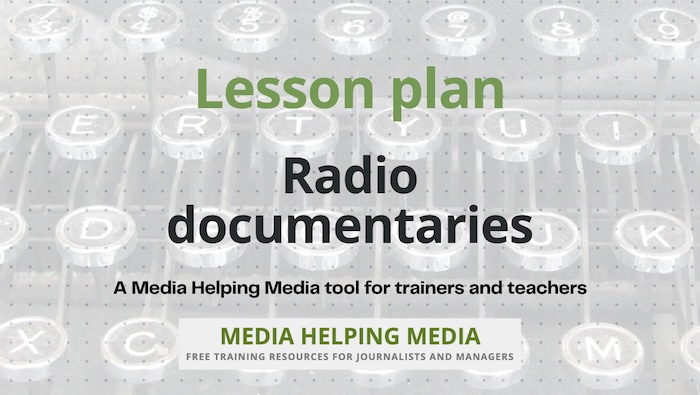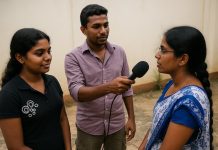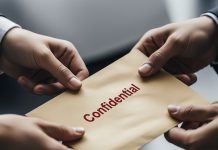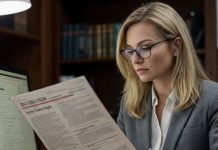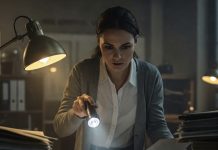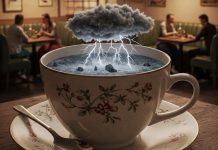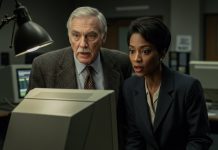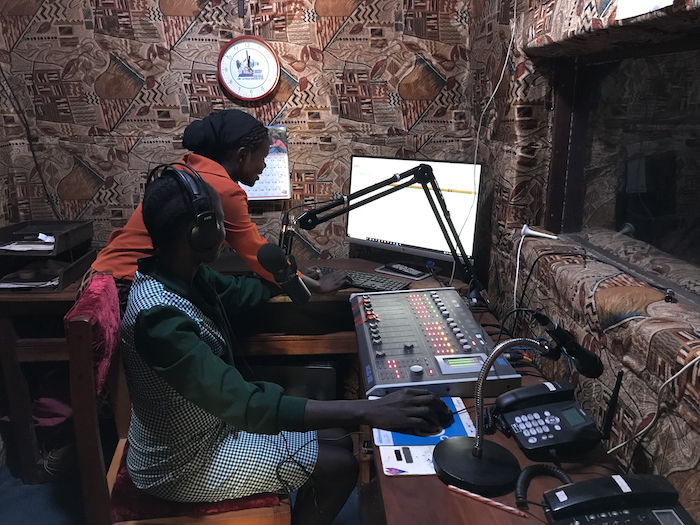
Documentaries are in-depth stories told in a more interesting way. They can range in length from 10 minutes to an hour for one episode although sometimes they can stretch to a series or podcast. A great documentary engages listeners and puts them at the heart of the storytelling.
So, what elements make for a superior documentary?
First of all, the story you tell must be compelling enough to sustain telling at length. That means there must be a number of connected strands in it which must be examined and then tied up at the end.
There must be a significant increase in understanding on the part of listeners. The documentary will have shed light on an issue and offered a signpost to the way ahead.
A great documentary is based on sound research in order to construct the central thesis or argument. Good research involves exploring not just who might speak but also what they might say. It will explore all the aspects of a story even though some might lead to dead ends or blind alleys.
Every line of script in the documentary will need to be based on evidence. Every assertion made in the script must be based in reality and accuracy. Even when interviewees are making a point of view, their opinion must be backed by facts you can independently verify.
If your documentary is based on a theory which requires an answer from a relevant organisation or authority make sure that interview is the last in the sequence. That way you can make sure every relevant question can be put.
When you are recording natural sound or a reporter piece into the microphone make sure you record from the heart of the action, so listeners feel they are embedded in the item. So if you are recording a market scene, stand right next to the customer and the trader, not 15 metres away.
Unlike a radio feature, the documentary medium allows listeners to breathe and take in the atmosphere. You should aim for a roughly one third split between script, interviews, and sound effects (including music and natural sound).
Separate out your recordings into one folder for interviews, one for natural sound effects, and one for music. Listen through to all the interviews and select strong clips of your interviewees. Factual information can go into your script. The interview clip is where you can let your subjects speak powerfully and with emotion.
Arrange the clips in the order you would like them to appear in the programme. When you’ve identified the clips, start writing the script.
Use natural sound and music to create the mood and atmosphere.
The programme should flow along at a reasonable pace, but remember to give time for the listener to breathe in the atmosphere.
When you’ve assembled the script, clips, music and natural sound in the order you would like, try reading out the script in relation to everything else.
When you’re happy it works well together, record your voice pieces.
Enjoy making documentaries!

Questions
- What is the primary purpose of a radio documentary?
- Identify two key elements that contribute to a compelling documentary story.
- How does sound research contribute to the effectiveness of a documentary?
- Explain the importance of evidence in the scripting of a documentary.
- Describe the role of natural sound in creating the atmosphere of a documentary.
- What is the recommended distribution of script, interviews, and sound effects in a documentary?
- How should interview clips be organised in the production process?
- Discuss the significance of recording from the “heart of the action” in a documentary.
- What is the purpose of reading the script in relation to other elements before finalising a documentary?
- How does the documentary medium differ from a radio feature in terms of listener experience?
Answers
- To engage listeners and place them at the heart of storytelling by shedding light on an issue and offering a signpost to the way ahead.
- A compelling story must have connected strands that are examined and tied up at the end, and it should significantly increase listeners’ understanding.
- Sound research helps construct the central thesis or argument by exploring all aspects of a story, ensuring accuracy and depth.
- Every line of the script must be based on evidence to ensure accuracy and reality, even when presenting interviewees’ opinions.
- Natural sound helps create the mood and atmosphere, making listeners feel embedded in the scene.
- The recommended distribution is roughly one-third script, one-third interviews, and one-third sound effects, including music and natural sound.
- Interview clips should be organised in the order they will appear in the program, allowing for a coherent narrative flow.
- Recording from the “heart of the action” ensures that listeners feel immersed in the scene, enhancing the documentary’s impact.
- Reading the script in relation to other elements ensures that all components work well together, creating a cohesive final product.
- Unlike a radio feature, a documentary allows listeners to breathe and take in the atmosphere, providing a more immersive experience.
Lesson plan for trainers
If you are a trainer of journalists we have a free lesson plan: ‘Radio documentaries‘ which you are welcome to download and adapt for your own purposes.
